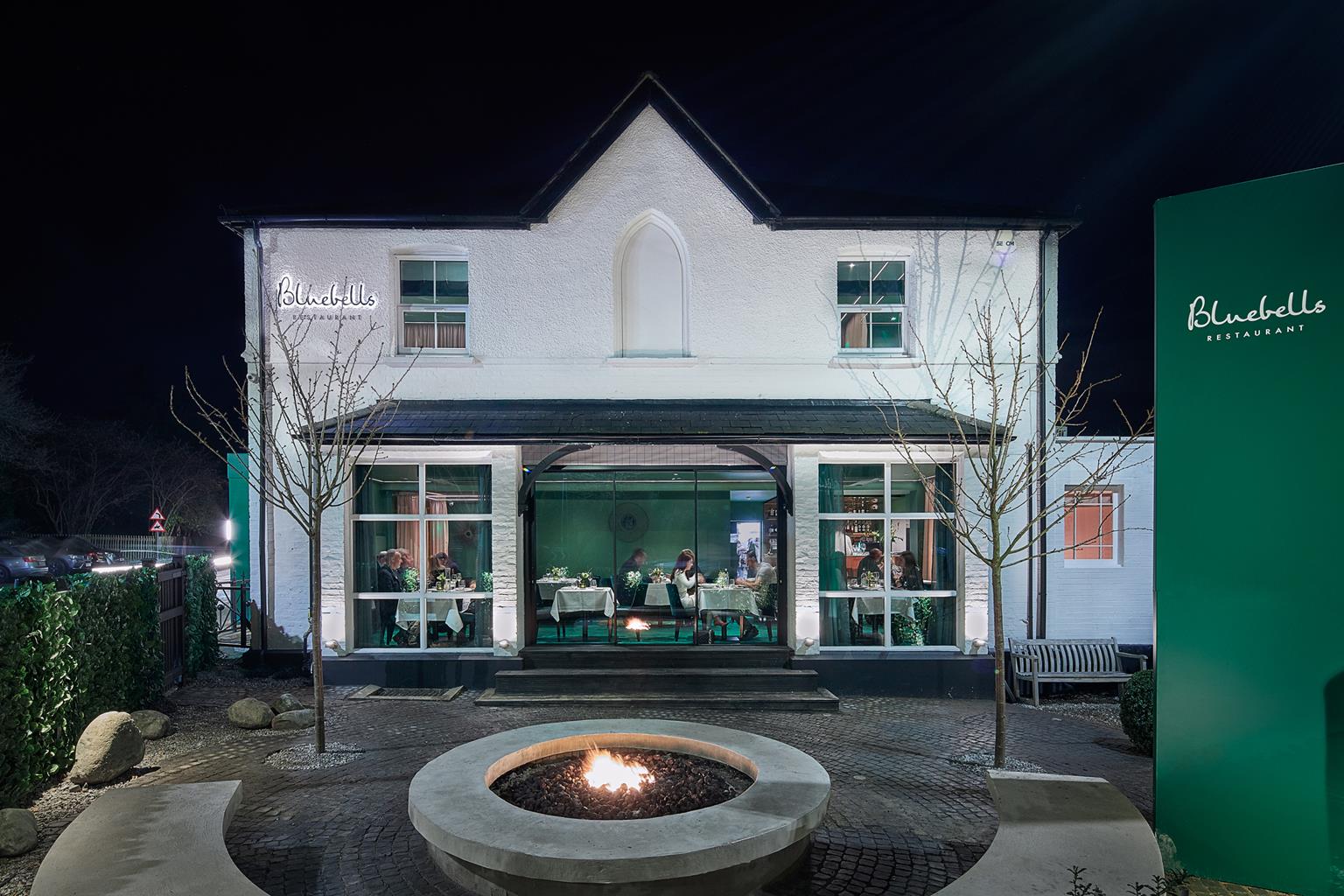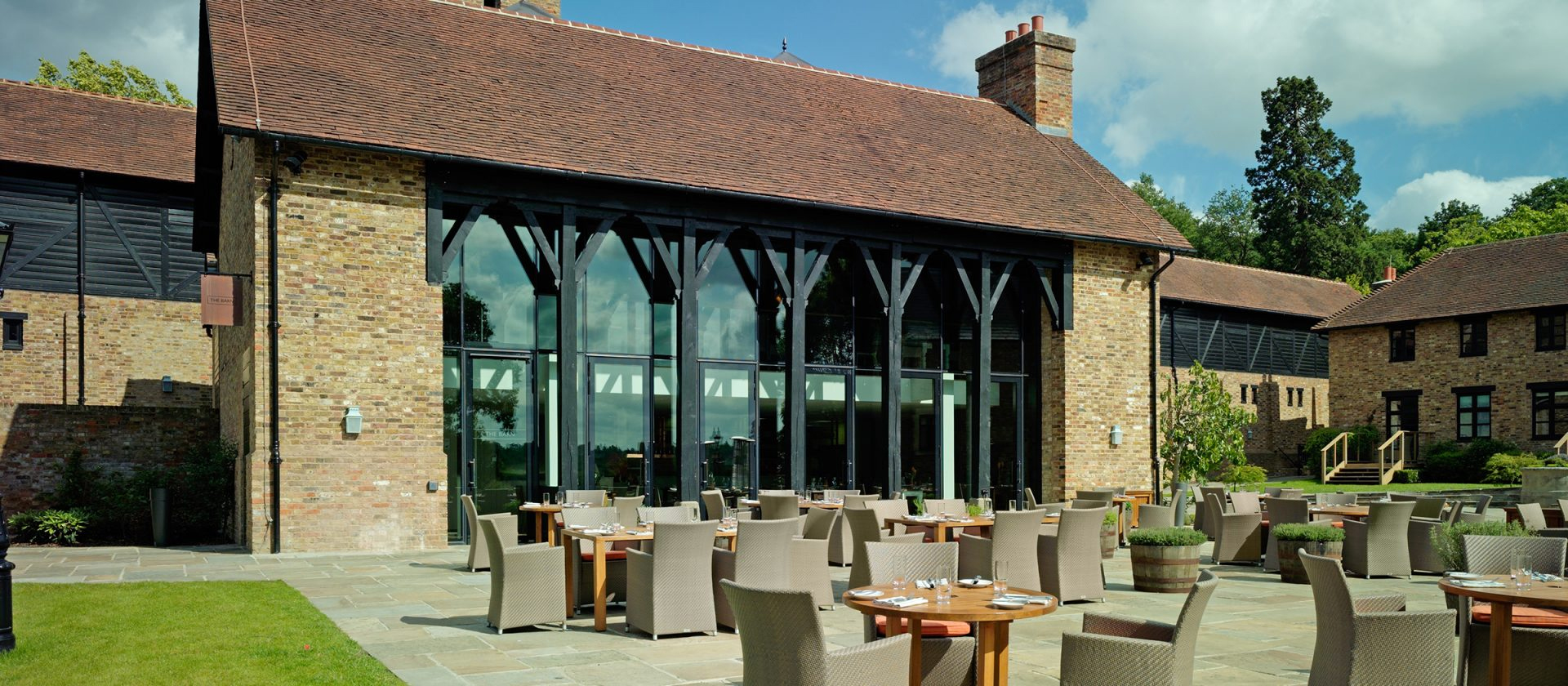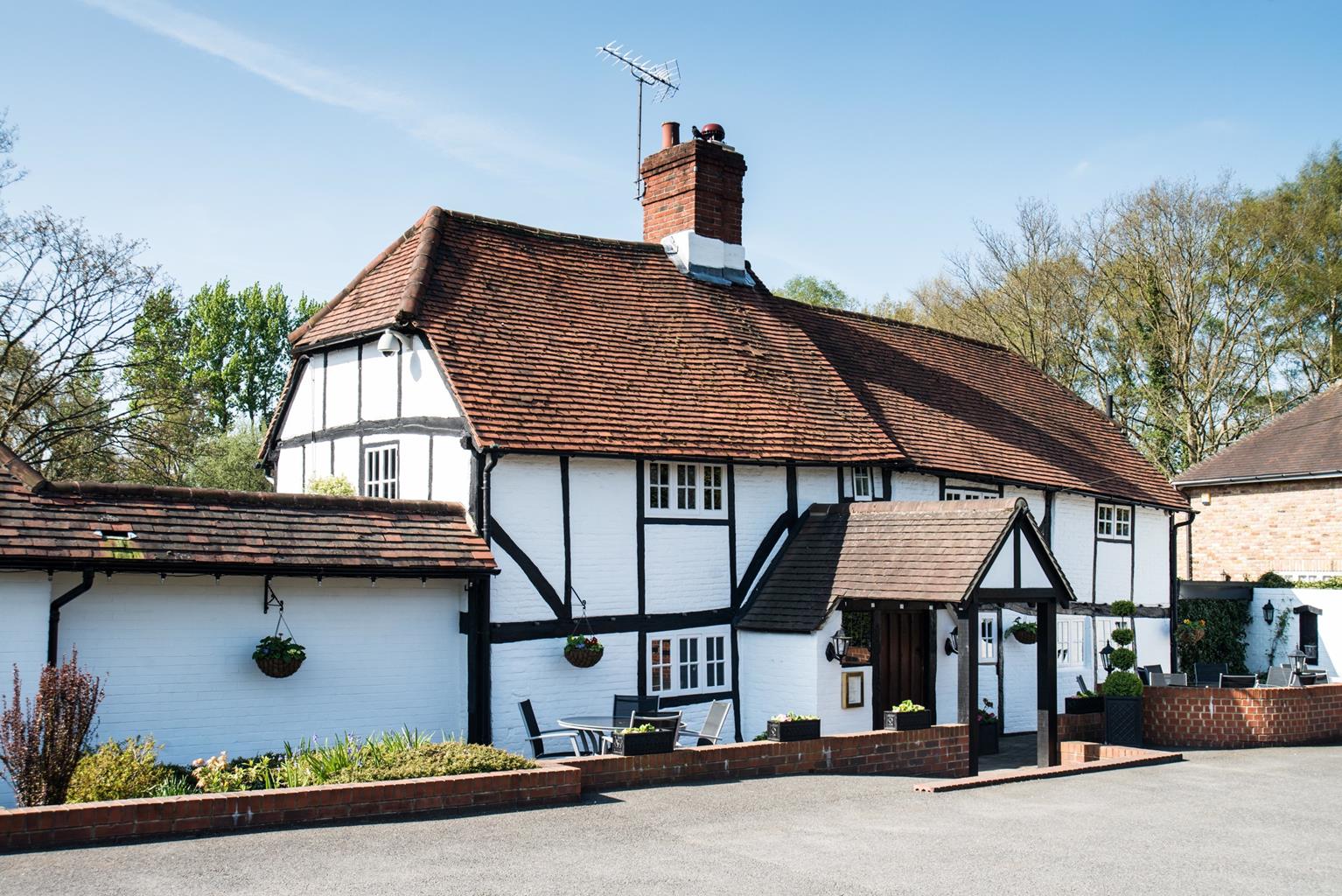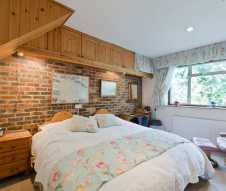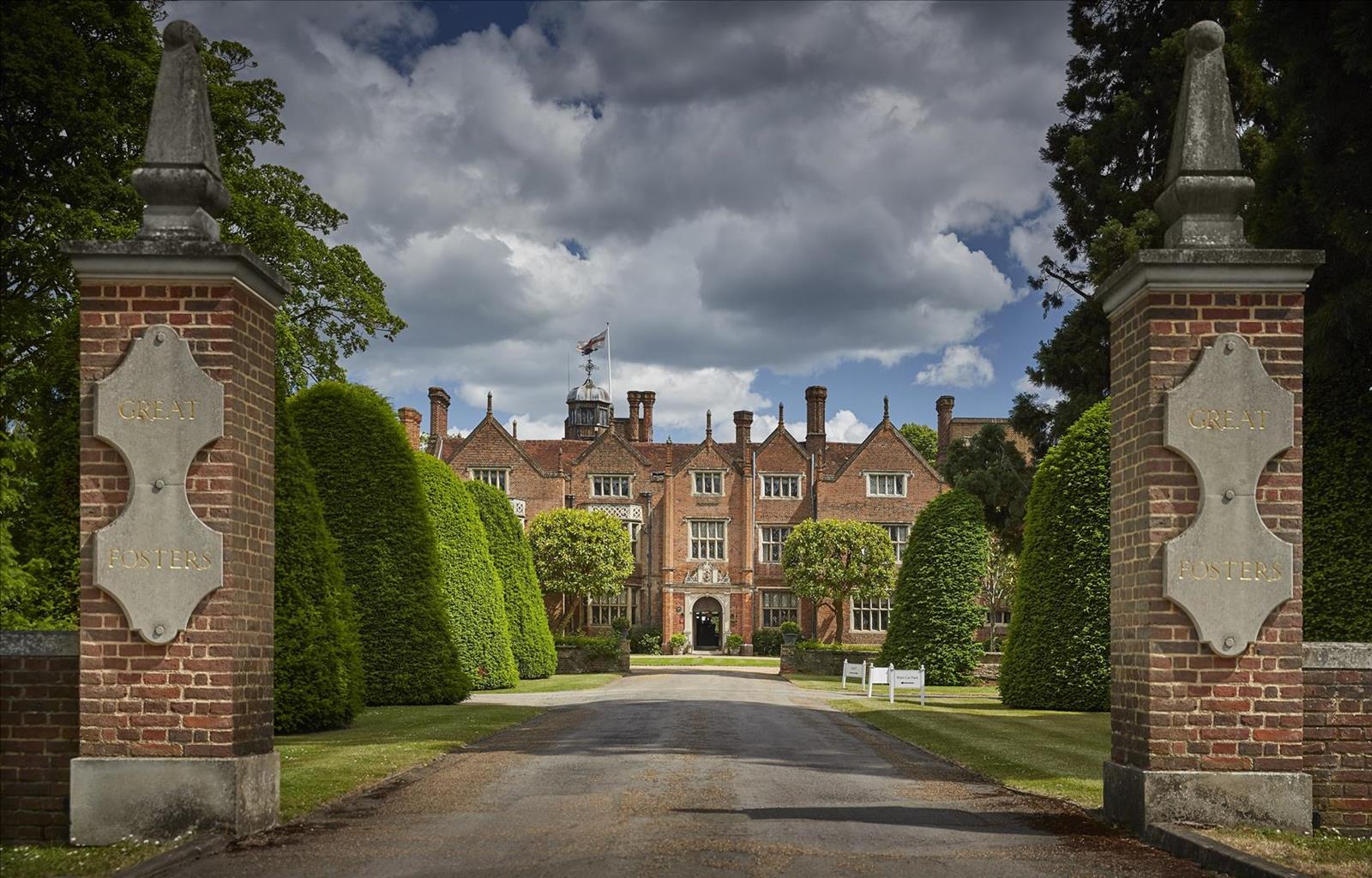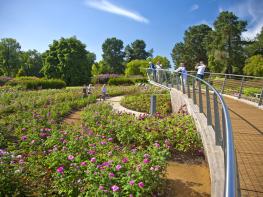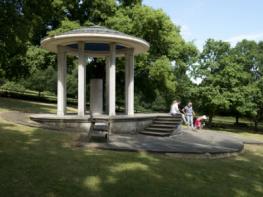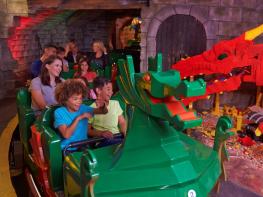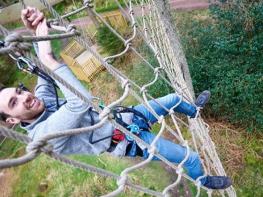Set in 240 acres of stunning parkland, Coworth Park is part of the luxury Dorchester Collection…
Sunningdale, Wentworth and Fort Belvedere

4 miles (6.4kms)
About the walk
In the closing weeks of 1936 newspaper headlines were dominated by one of the saddest and most dramatic chapters in the history of the monarchy – the abdication of Edward VIII, the uncrowned king who chose to give up the throne for the love of a woman, American divorcee Wallis Simpson. He knew his decision would provoke the strongest disapproval – that what he wanted to do would be at odds with courtly tradition and principles. But Edward stuck to his guns. He was in love with Wallis Simpson, who was not allowed to become Queen because she had been divorced, and he had no intention of giving her up.
Fort Belvedere
During the crisis, played out against the backdrops of the House of Commons and the House of Windsor, Edward spent much of his time at Fort Belvedere, his beloved country residence near fashionable Sunningdale. Originally constructed by William, Duke of Cumberland, as a triangular belvedere tower in the 1730s, the building was later enlarged to become a miniature fortress for royal tea parties, the home of a royal collection of guns and for storing various family treasures. A battery of cannon was even installed, to be fired on royal birthdays by a resident bombardier. 'It was a child's idea of a fort', wrote Diana Cooper, a leading figure in royal circles and high society, 'the sentries, one thought, must be of tin'.
It was back in the 1920s, years before the crisis, that the then Prince of Wales asked his father if he could use Fort Belvedere. Something of a playboy, Edward was a noted socialite who liked to entertain regularly and on a lavish scale. He was allowed to take up residence here, but in later years the house became much more than just a country retreat. In the closing stages of the drama, Edward asked his brothers to visit him at Fort Belvedere and witness his signature on the abdication document. It was signed at 12.45pm on Thursday 10 December, 1936, in one of the King's private rooms. A few members of his secretarial staff were present and outside, on the Ascot road, a crowd gathered to see him leave the fort for the last time.
Long after he had given up the throne and gone into exile, Fort Belvedere still occupied his thoughts. In his memoirs, Edward wrote fondly of the house that 'laid hold of me in so many ways'. When he finally drove away from Fort Belvedere, it seemed to him like a symbol of all he was giving up. 'The Fort had been more than a home', he wrote, 'it had been a way of life for me… it was there that I passed the happiest days of my life'.
Today Fort Belvedere is a private residence, home to Canadian billionaire, Galen Weston, who among many business interests, owns Selfridges. Weston also part-ownsneighbouring Coworth Park, with part of the estate owned by the Brunei Government and run as a polo centre. The public centrepiece is Coworth Park Hotel, a luxury country hotel and spa.
Walk directions
With your back to the Nags Head, turn left and walk down the High Street, keeping the Anglican church on your right and the Baptist church on the left. Pass Church Road and continue along Bedford Lane. Cross a brook and turn right immediately past some bungalows to follow a path cutting between hedgerows and fields. At the A30 turn left, cross the road and walk a short distance to a sign on the right for Shrubs Hill Lane.
Follow the leafy path to a junction at a close-board fence and turn right by the bridleway/footpath sign. Curve left, make for a roundabout and swing left, looking for the footpath between 'Rosemullion' and 'Highgate'. Follow it through the woods, round to the right, and when you join a wider path on a bend, keep left. Skirt the golf course, bearing right and keeping the course to your left, cutting between trees and bracken. After passing though a small clump of woodland, veer immediately left and follow the path across the fairways, keeping left at a junction by a bunker. Veer right at the first fork, into the trees, and follow the path – a fairway to your left. The path, becoming tarmac at this point, swings left and across the fairway to a junction with a tarmac drive at a footpath signpost.
Turn left and pass through the Wentworth Estate, cutting between exclusive houses with secluded landscaped grounds and imposing entrances. Reaching the A30, turn left and follow the road west. Walk down to the Berkshire/Surrey border and bear sharp right, just before the Bluebells restaurant, to join a right of way (initially gravel), bearing left past South Lodge. Follow the shaded woodland path between beech trees and exposed roots. Beyond the wood you reach the charming, surprisingly rustic-looking buildings of Coworth Park Hotel.
When you get to the stone bridge, turn left and follow the waymarked footpath alongside a post and rail fence across a broad expanse of parkland, with polo lawns to right and left. Eventually cross a track on the far side. After a short stretch of woodland, turn left at the road via a gate and pass several houses. When you reach the speed restriction sign, bear right to join a byway by Sunningdale Bowling Club. Keep to a tarmac drive and continue ahead. Turn left at the road, swinging left after 20 paces at the fork. Pass Coworth Road and fork left into the High Street to return to the centre of Sunningdale village.
Additional information
Enclosed woodland paths, estate drive, paths and tracks, path across golf course and polo ground
Semi-residential area
Lead required across golf course and polo ground
OS Explorer 160 Windsor, Weybridge & Bracknell
On-street parking in Sunningdale village
None on route
WALKING IN SAFETY
Read our tips to look after yourself and the environment when following this walk.
Find out more
Also in the area
About the area
Discover Berkshire
Berkshire essentially consists of two distinct parts. The western half is predominantly rural, with the Lambourn Downs spilling down to the River Lambourn and the Berkshire Downs to the majestic Thames. The eastern half of Berkshire may be more urban but here, too, there is the opportunity to get out and savour open spaces. Windsor Great Park and Maidenhead Thicket are prime examples. Threading their way through the county are two of the South’s prettiest rivers – the Lambourn and the Pang. Beyond the tranquil tow paths of the Kennet and Avon Canal, Greenham Common’s famous airbase has been transformed to delight walkers of all ages.
Reading and Newbury are the county’s major towns, and the River Kennet flows through them both. Reading is a vibrant, multicultural centre with great shopping and plenty of history. Oscar Wilde was incarcerated in Reading prison in the late 19th century, and wrote The Ballad of Reading Gaol about his experience. Newbury is probably best known for its race course, which opened in 1905, although the first recorded racing at Newbury was a century before that. Famous people born in the county include Catherine, Duchess of Cambridge, Kate Winlset and Ricky Gervais.
Nearby stays
Restaurants and Pubs
Nearby experiences
Recommended things to do
Why choose Rated Trips?
Your trusted guide to rated places across the UK
The best coverage
Discover more than 15,000 professionally rated places to stay, eat and visit from across the UK and Ireland.
Quality assured
Choose a place to stay safe in the knowledge that it has been expertly assessed by trained assessors.
Plan your next trip
Search by location or the type of place you're visiting to find your next ideal holiday experience.
Travel inspiration
Read our articles, city guides and recommended things to do for inspiration. We're here to help you explore the UK.

